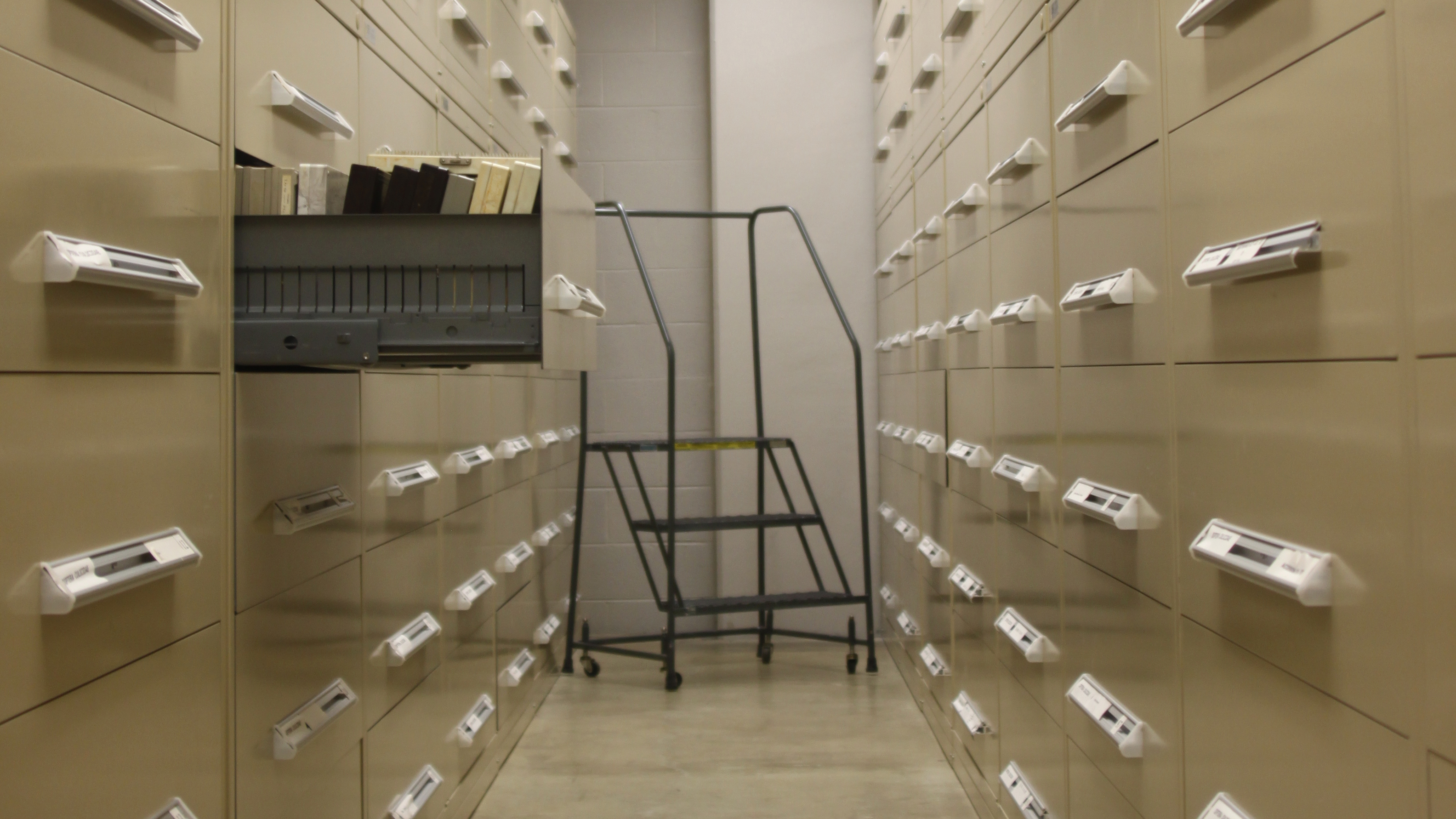The National Insect Collections are administered by the Smithsonian Institution, but research and curation activities are conducted by scientists from multiple U.S. government agencies including the Walter Reed Biosystematics Unit (WRBU) of the Walter Reed Army Institute of Research (WRAIR), U.S. Department of Defense. The official abbreviation used when citing these collections is USNM, reflecting the museum's original name, the United States National Museum.
WRBU is responsible for managing nine families of Diptera within the USNM collections:
- Culicidae (mosquitoes)
- Psychodidae (sand flies and moth flies)
- Simuliidae (black flies)
- Tabanidae (deer flies and horse flies)
- Hippoboscidae (louse flies)
- Ceratopogonidae (biting and non-biting midges)
- Dixidae (meniscus midges)
- Chaoboridae (phantom midges)
- Corethrellidae (frog-biting midges)
Background
Each collection is made up of pinned and slide mounted material, specimens preserved in ethanol and frozen tissue/DNA samples. WRBU is responsible for the curation of these collections, providing access to researchers around the world and acquisition of new specimens. We are responsible for all museum transactions including specimen loans, exhibitions and hosting visiting researchers.
Under the care of WRBU, the National Mosquito Collection has grown from 200,000 specimens in 1961 to its current status as the largest and most comprehensive mosquito collection in the world. The collection now houses over 1.5 million specimens and over 1500 primary type specimens. This unique resource is world-renowned and includes many significant contributions to mosquito systematics including material collected by John N. Belkin, J.P. Duret, L.E. Rozeboom and Alan Stone. The collection also reflects quite substantial contributions from the U.S. military including significant material from Southeast Asia and Central/South America.
WRBU is actively working to digitize all specimens within these collections and hope to make the entire specimen catalog available in the future. You can find the currently available digitized specimen records by searching the USNM Entomology Specimen Inventory. If you would like to know more about what specimens are available in the collection, please contact us.
If you are interested in donating specimens to the USNM collections under the care of WRBU, please note the following museum policies that we must adhere to:
“The National Museum of Natural History (NMNH) encourages donations of specimens, samples, objects or materials that are either of known origin or are solicited. NMNH complies with all U.S. export and sanctions laws, as well as fish, wildlife and other regulations applicable to the importation and exportation of specimens and research materials. All specimens, samples, objects or materials shipped to NMNH must be properly licensed if applicable and otherwise comply with U.S. law. By way of illustration, please check the U.S. Treasury Office of Foreign Assets Control (OFAC) sanctions programs and lists and do not ship specimens and research materials that originated in a sanctioned country even if such specimens and research materials are not currently located there. The museum discourages unsolicited shipments.”
For more information about the USNM collections policies, see https://naturalhistory.si.edu/research/nmnh-collections/museum-collections-policies.
Contact us to learn more about donating specimens or accessing the collection.


